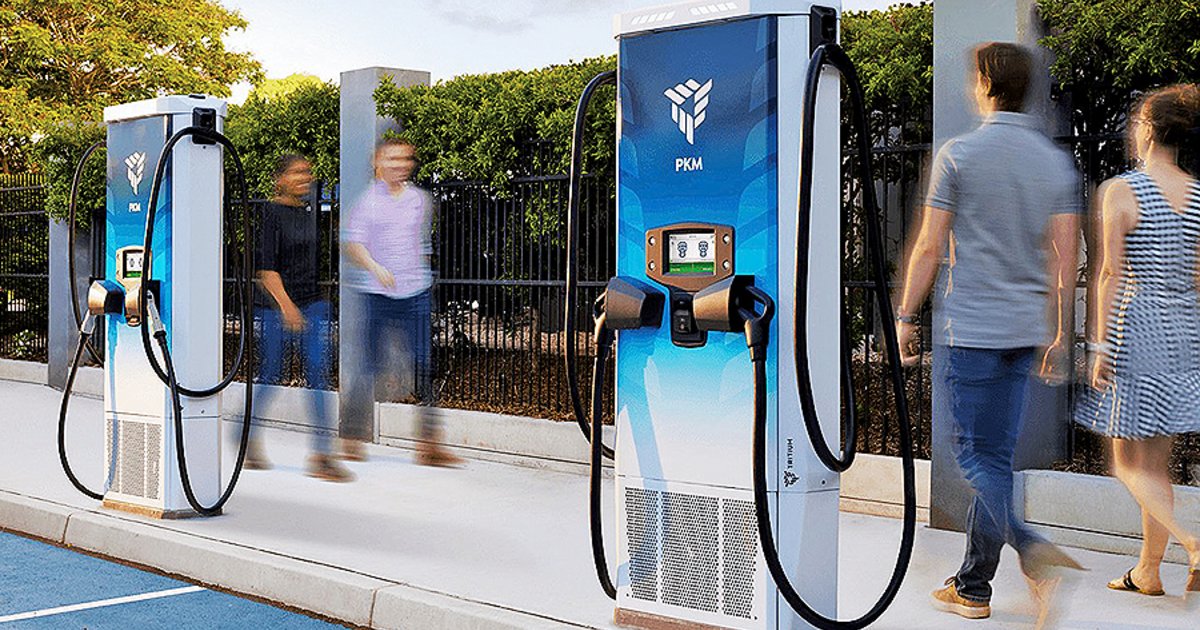
LEBANON, Tenn. — Tritium, an Australian producer of electric vehicle chargers, is arriving in the U.S. market with a new assembly plant here at a less-than-auspicious moment for the EV charging segment.
Two recent industry surveys have thumped charging networks for doing a poor job at pleasing the growing numbers of American EV buyers.
One of them, a J.D. Power report in August — just as Tritium was opening its plant — said EV charging satisfaction is declining and dampening EV buyer enthusiasm.
“Public charging continues to provide challenges to overall EV adoption and current EV owners alike,” Brent Gruber, J.D. Power executive director of global automotive, said when the report was released last month. “Not only is the availability of public charging still an obstacle, but EV owners continue to be faced with charging station equipment that is inoperable.”
But Tritium CEO Jane Hunter knows all that.
In fact, customer dissatisfaction is the reason her company sped up its timetable to launch U.S. production of its PKM150 DC fast chargers.
“We have a bit of a different take on what the market wants,” Hunter told Automotive News. “We intend to offer a solution to the problem.”
Hunter dissects the problem this way: Consumers are displeased mainly by inconvenient charger locations or nonfunctional chargers.
And too many chargers are out of order because maintaining and repairing them is too big of an undertaking for the reason that they are basically large outdoor appliances.
Tritium’s innovation? Design and construct the universal fast chargers as a system of smaller modules. Each part of the charger can be pulled out by a mobile service technician, who can determine which module is not operating and plug in a replacement.
“Having top uptime is going to become a major differentiator for charging,” Hunter said. “These are a complex piece of power electronics. If you use them a lot, they will break. It’s a cycle time issue. But the new module we’re producing now has 99 percent uptime.”
Workers at the new plant are assembling the units out of five modules.
“The modularity is the secret sauce of a very easy fix in the field,” Hunter said. “You open the door, click out the module, click in a new module.”
If one of the modules fails, the charger still puts out 50 kilowatts of charging power. If two of them fail, the charger delivers 25 kilowatts.
“In the old days, if you had an outage, the whole charger was out of commission,” Hunter said. “We can keep running. Customers won’t notice if the charger is operating at 50 kilowatts instead of 75.”